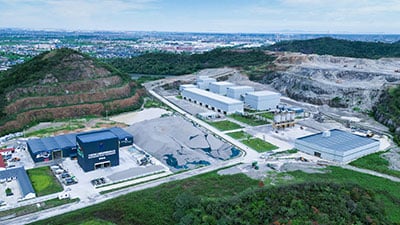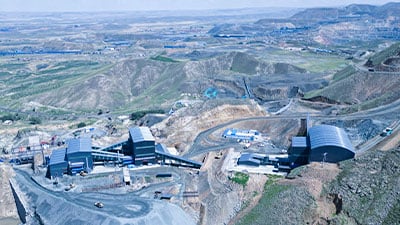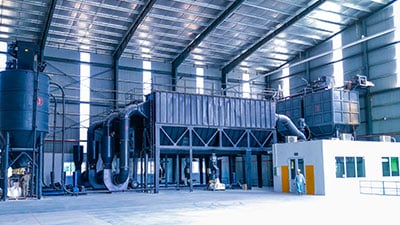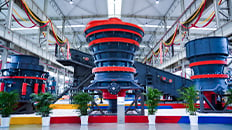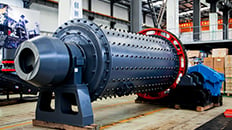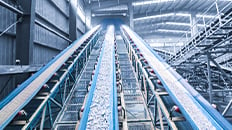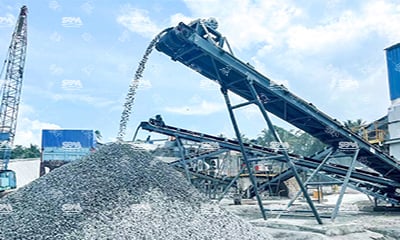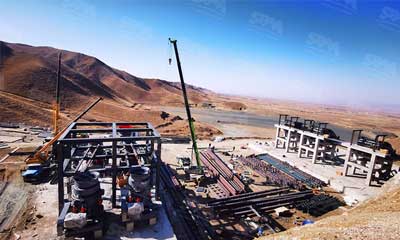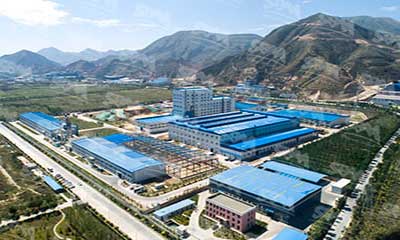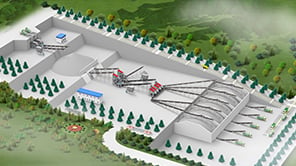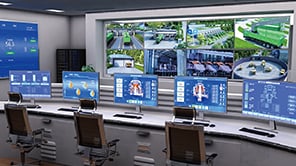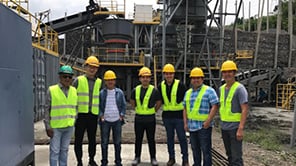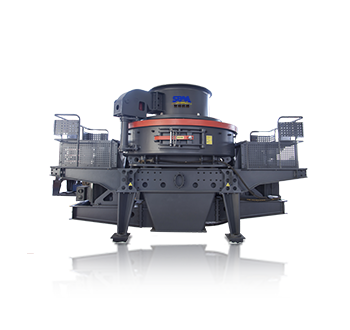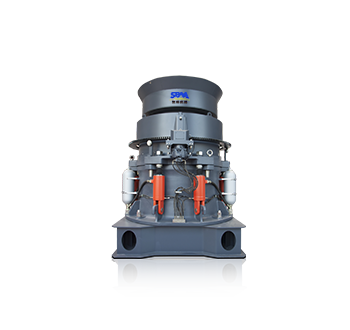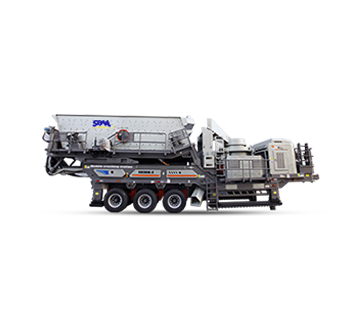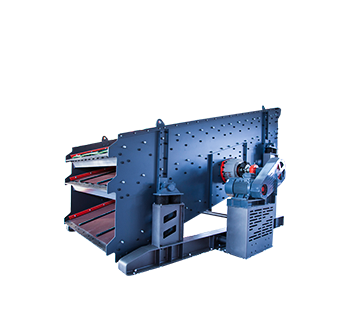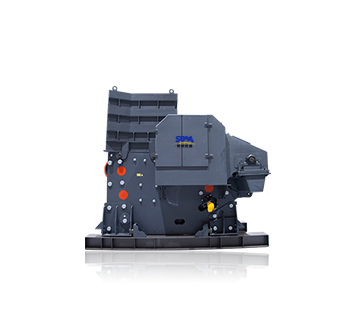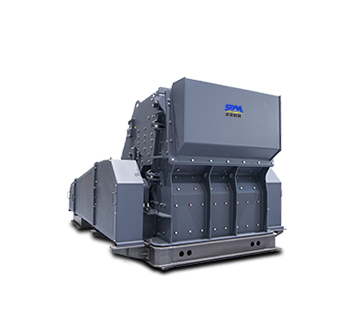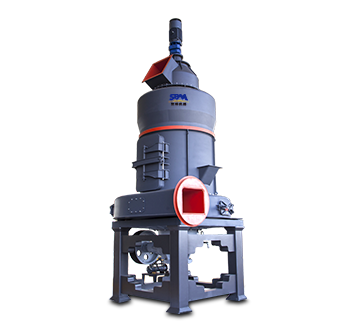Summary:China's railway construction is increasingly using manufactured sand. Learn about quality standards, supplier requirements, and how to enter this growing market.
In recent years, as environmental protection policies have become stricter and natural river sand resources have decreased, the proportion of manufactured sand in railway construction has increased rapidly. At the same time, the sand and gravel industry is shifting from an incremental market to a stock market, with infrastructure projects such as railways becoming an important support for sand and gravel demand. As is well known, railway construction in China has very strict material requirements. So, what kind of sand and gravel aggregates can meet the high standards of railway construction? How can sand and gravel companies participate in railway engineering projects?

Current Situation of Manufactured Sand in Railway Engineering
In recent years, with stricter environmental protection policies and the reduction of natural river sand resources, the proportion of manufactured sand in railway construction has significantly increased. According to data from China Railway Group:
- Before 2018: Manufactured sand accounted for less than 10%, with natural river sand being the main source.
- 2018-2022: Due to environmental restrictions on sand extraction, the proportion of manufactured sand increased rapidly from 14% to 50.5%.
- 2023: The proportion of manufactured sand reached 63.5%, and in regions with sand shortages such as the Southwest and Northwest, it even exceeded 80%-95%.
Railway projects demand higher quality sand and gravel. Manufactured sand of inferior quality is generally unsuitable for railway engineering. Therefore, in areas where river sand is available, it is predominantly used. However, in the Southwest and Northwest regions where river sand supply is insufficient, the usage proportion of manufactured sand has exceeded 80-90%, and in some key projects, it has even reached over 95%.
How Much Manufactured Sand is Used in Nationwide Railway Engineering?
Since large-scale railway construction began in 2009, the volume of concrete produced has exceeded 100 million cubic meters. According to rough estimates from 2014 to the present, an average of 110 million cubic meters of concrete is produced each year, with approximately 800-900 kilograms of sand used per cubic meter of concrete. This results in an annual sand usage of around 90 million tonnes. With manufactured sand accounting for 60% of the total, the annual usage of manufactured sand is estimated to be about 50 million tonnes.

Quality Standards for Railway Sand and Gravel Aggregates
Core Standards
- "Railway Concrete Engineering Construction Quality Acceptance Standards": Specifies the strength, particle shape, mud content, and other indicators for concrete sand.
- "Railway Concrete Manufactured Sand": Specifically addresses the technical requirements for particle grading, stone powder content, and crushing value of manufactured sand.
Key Parameters
- Particle Grading: Must meet continuous grading requirements to ensure the density of the concrete.
- Stone Powder Content: Should be controlled within 5%-7%, as higher levels can affect strength.
- Durability: Crushing value ≤ 20%, and the resistance to weathering should pass the sodium sulfate solution test.
- Harmful Substances: The content of mica, organic materials, etc., should be below the national standard limits.
Enterprise Qualifications and Cooperation Models for Railway Projects
Enterprise Qualification Requirements
- Preferably choose large enterprises that have national-level green mine certifications or China Sand and Gravel Association certifications.
- Enterprises must provide stable production capacity, quality testing reports, and environmental compliance certifications.
Innovative Cooperation Models
- Raw Material Cooperation: Railway project parties and local mining companies jointly build plants, settling payments based on the price of raw ore.
- Equipment Collaboration: For tunnel spoil and other solid waste resources, mobile crushing and screening equipment can be used to achieve "on-site production, on-site use."
- Targeted Supply: Sand and gravel companies customize production according to engineering needs to ensure compliance with particle shape, grading, and other parameters.
Industry Trends: From Incremental Competition to Quality Competition
As demand in the real estate sector contracts, the sand and gravel industry has entered a stock market phase, but the infrastructure sector, represented by railways, remains a core growth point. Future competition will focus on:
- Green Production: Reducing energy consumption and carbon emissions, promoting the recycling of solid waste resources.
- Technological Innovation: Optimizing crushing processes and improving the particle shape and grading of manufactured sand.
- Service Upgrades: Providing full-chain solutions, from raw material testing to logistics and delivery.
As China’s railway construction continues to advance, the sand and gravel industry faces stricter quality standards and environmental requirements. Manufactured sand, as a key alternative to traditional river sand, is gradually occupying an important position in railway engineering construction.
Sand and gravel enterprises, in participating in railway projects, must strictly adhere to the relevant quality standards to ensure their products meet the requirements of railway engineering. At the same time, innovative cooperation models and environmentally friendly production concepts will promote the sustainable development and green transformation of the industry.

